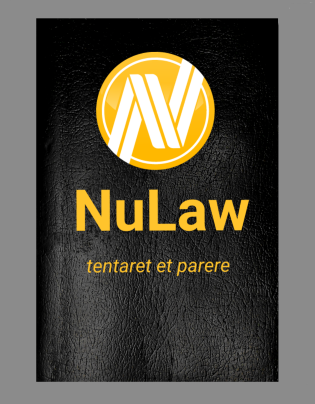After going through the first few motions (using http://blockexplorer.nu/api/successMotions as a starting point), things are … pretty messy.
I tried to add some structure just to get the motions in a somewhat standard format, but it’s definitely nowhere near done. Take a look if you’re interested: https://github.com/jgeewax/nubits-law
Once we have the motions all collected, the next step would be to start codifying these. With that in mind, I’m noticing that there are a few categories that might translate to “Titles”:
Title 1: Protocol
Rules here would be focused on changes to Nu’s protocol. Ideally the whole protocol is documented here, but that might be tricky…
Example motions include: voting on protocol versions, NuBits seeder, prioritizing fees.
Title 2: Funding
Could also be called “Custodians” or “Investments”, but the typical “rules” here would basically be a list of the current custodians, FLOT, and links back to the motions that include the more detailed terms of the funding arrangement.
Example motions include: B&C exchange, NuLagoon, liquidity operations compensation, new logos, FLOT team membership.
Title 3: Liquidity
Motions and rules having to do with liquidity pools. This would include the documentation of the liquidity tiers, all the currently running bots, the buy-back schedules, etc. This is likely to be the largest section as we’d want to keep a historical account of this stuff…
For this one, since we want to have the record of buy-backs and all that, we may run into trouble as the commit gets approved and sealed before the buy-back happens… We’ll have to figure something out for that…
Example motions include: auctions, custodial grants, burns, buybacks, dividends, new products, NuSafe, bots on exchanges.
Title 4: Community
The rules here might include what qualifies as a “featured exchange”, what the license of the NuBits source code should be, etc.
Example motions include: open sourcing code, listing exchanges, shareholder response rate test.
No idea if this is remotely close to what we had in mind… @willy, care to chime in?
If it is, the next step is to start working on the validation script that we can run against the repository to satisfy anyone worried about committers changing the rules out from under the network. Anyone should be able to run a quick script and know for sure that these rules are exactly what was intended.
Obviously, the “seed block” here will be the first commit, which brings things up to date – that’ll be a nasty commit to review, sorry for whoever draws that short straw.
I’d also like to suggest that from now on, a motion should be put inside code blocks so that we don’t wonder what the browser does between copy and hashing, so…:
Your motion text goes here:
1. Point 1
- Formatted however you want
2. Point 2
- Using *plaintext* style
3. Point 3
I haven’t verified the RIPEMD-160’s in the GH repo yet, but I suspect I’m going to have to do a bunch of sifting to make everything check out because of the rich-markup stuff we have in some of the motions posted.




